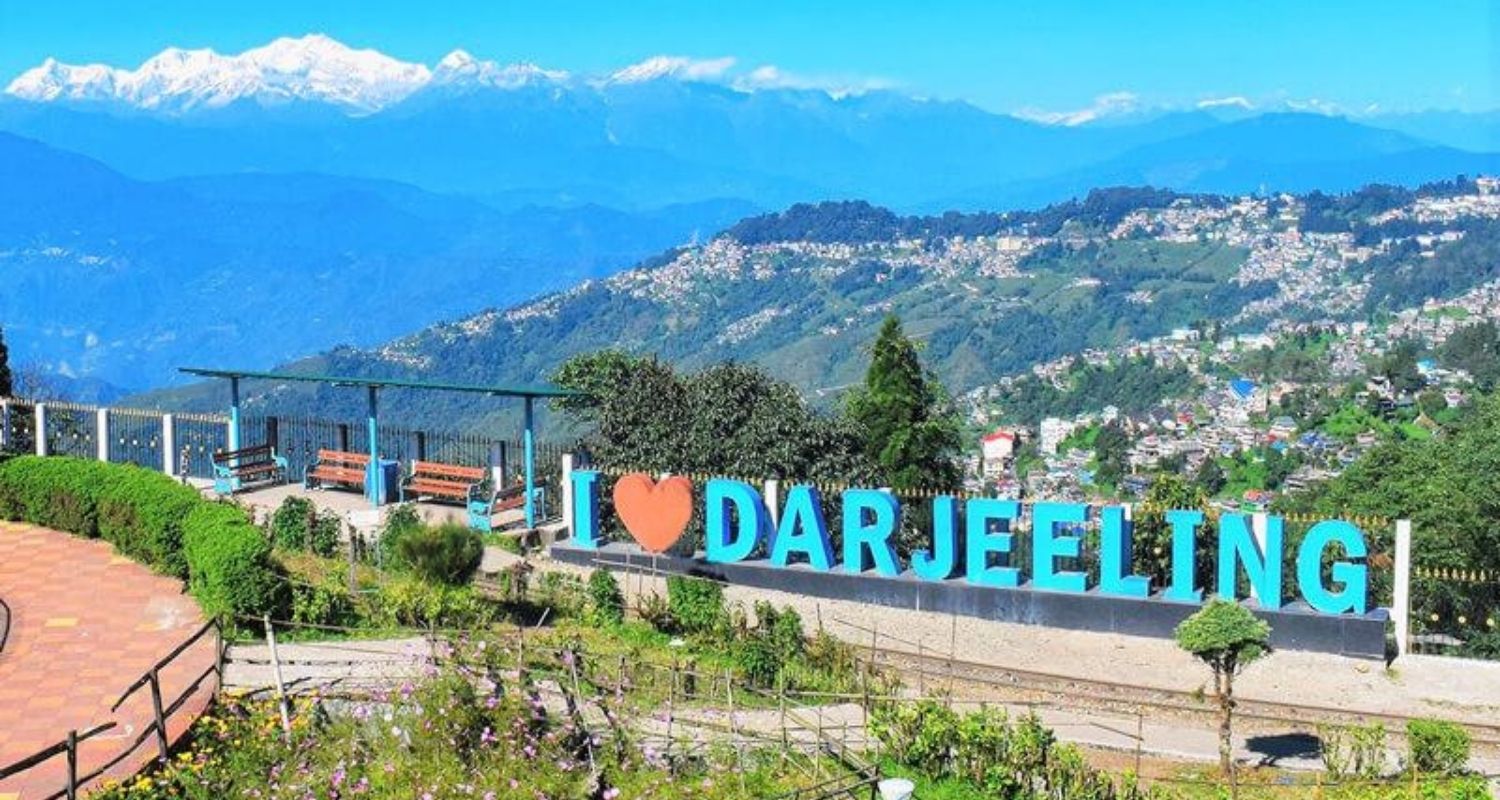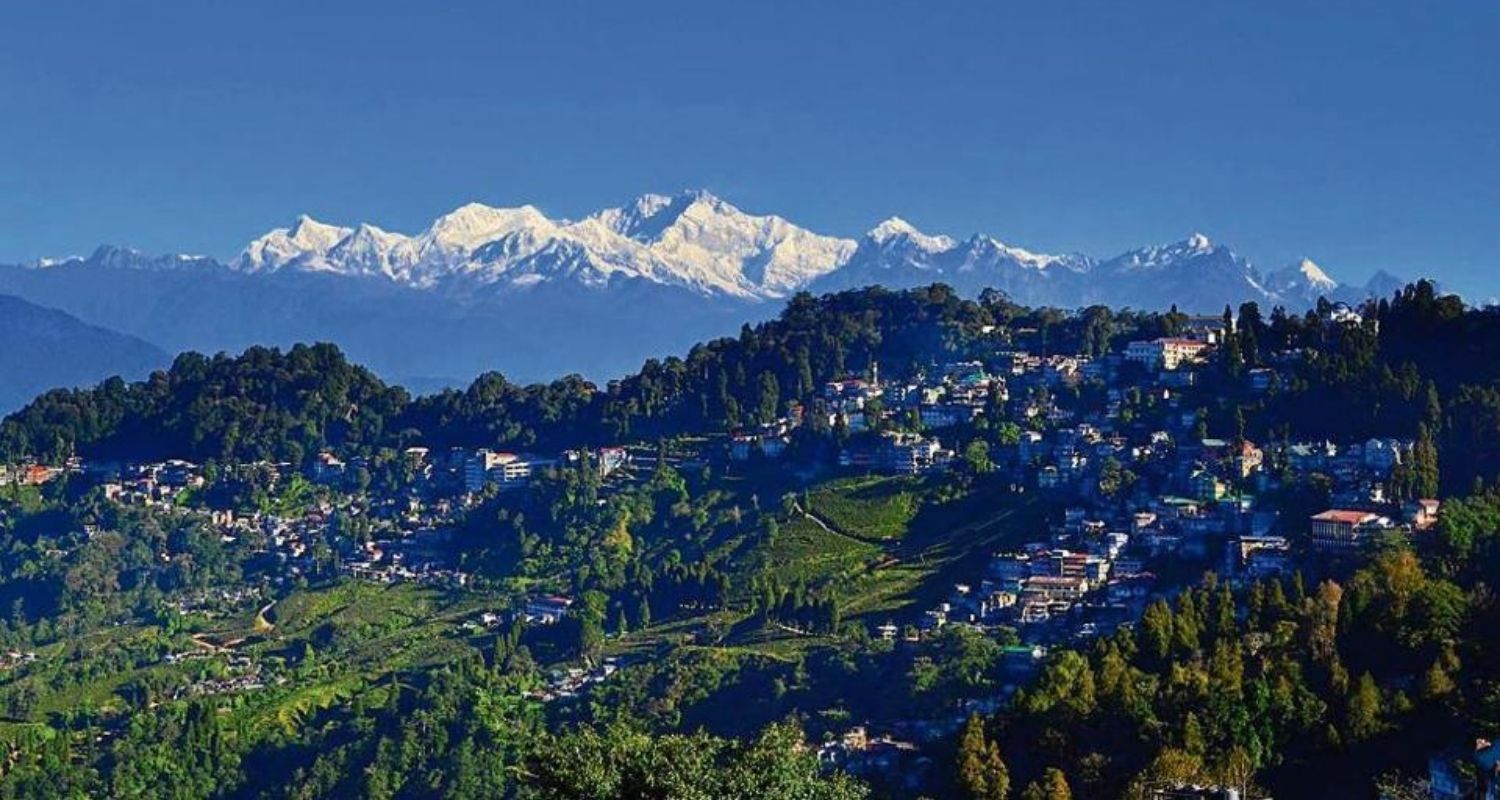Dengue, long considered a scourge of the plains, has now made its way into the hills of Bengal. For the first time, larvae of Aedes Albopictus—one of the mosquitoes responsible for carrying the dengue virus—have been detected at altitudes above 7,000 feet, shattering the belief that the cooler climate of the hills offered protection.
Health department sources confirmed the presence of dengue larvae in Ghum, a hill station in Darjeeling district located 7,500 feet above sea level. Similar findings have emerged from Lava (7,218 feet), a high-altitude tourist hub and Sukhiyapokhari (7,198 feet), an offbeat spot on the Bengal-Nepal border. Earlier, medium-altitude towns like Kalimpong had already reported larvae, but this year the reach has spread higher than ever before.

Experts attribute this alarming shift to global warming. “The hills are no longer only cold. Summers here now bring warmth—sometimes even fans are needed. This creates a favourable environment for dengue mosquitoes, just like in the plains,” a senior health official said.
With the peak tourist season around the corner, the threat is magnified. Lakhs of visitors from South Bengal, including Kolkata, are expected to flock to the hills. Officials warn that many could carry the dengue virus with them, potentially accelerating the spread. “If preventive measures are not taken, the situation could escalate rapidly,” the officer cautioned.
Also Read: Darjeeling launches 50,000‑tree plantation push to save hornbills
In the hills, the practice of storing water in large containers to tackle shortages is emerging as a major breeding ground. Public health experts advise residents to cover water containers with cloth or lids. Tourists too have been urged to carry mosquito repellents, creams or coils during their stay.

Meanwhile, in the plains, familiar breeding grounds persist. Stagnant water in the leaf sheaths of banana, oleander, and kachu plants, as well as at the base of bamboo clumps, continues to host larvae. Experts recommend draining these pockets of water by piercing or cutting them to stop mosquito growth.
This year, Bengal has already recorded close to 6,000 dengue cases. Murshidabad (1,097 cases), North 24 Parganas (968) and Hooghly (518) top the list of affected districts. Now, with the disease creeping into the hills, the state’s battle against dengue is set to grow tougher.
Also Read: Darjeeling’s British-era gem to get new lease of life



